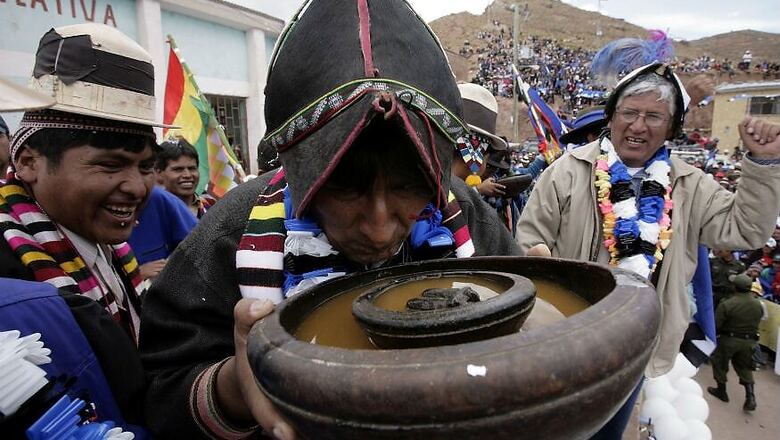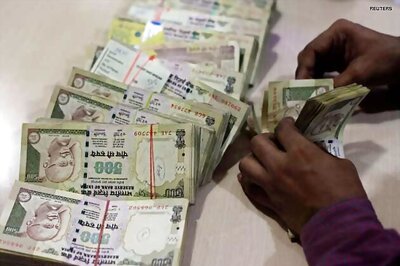
views
 Enough of goody-goody stuff like single malt scotch and champagnes? Is there an epicurean adventurer straining at leash inside you? Well, yes. But tell me, are you ready to go any extent to taste the un-tasted? Then let’s go Latin-America this week.
Enough of goody-goody stuff like single malt scotch and champagnes? Is there an epicurean adventurer straining at leash inside you? Well, yes. But tell me, are you ready to go any extent to taste the un-tasted? Then let’s go Latin-America this week.
Once there, I’ll ask you to take a shot of this local drink, based on maize, milky-brown for the eye, bittersweet in the mouth. Ready for the game?
On the positive side, the drink you took just now is believed to lower your blood pressure. Brewed for its medicinal properties right from the Inca period, Chicha de Jora is also known for its anti-inflammatory properties; it mollycoddles your prostate glands too.
Now, time for a big crash of cymbal: Chicha makes you immensely prolific too (lots of babies crawling in your home very soon).
Hey, wipe that thing off! Some of you might already be drooling provoked by those wonderful epithets I lavished upon the drink. Wait yaar, did I say drooling? There lies the catch, the hidden part, the bitter inside of the chicha capsule.
Sorry to reveal: a part of chicha is drool, human saliva.
Stunned? Chill, you cannot make face at the age-old practices of another culture living in a country where your one of your national leaders endorsed urine as a cure-all oral medicine.
One man’s spit is another man’s urine is yet another man’s drink or medicine or whatever.
Chicha is a generic name for homemade beer brewed like moonshine from maize or cassava or from different seasonally available fruits in different parts of South America.
During the Inca period, the authorities randomly picked women and trained them in schools, known as Acllahuasis. Along with traditional skills like textile works, ceramics, they were also taught how to brew chicha de Jora, made from a maize variety called, Jora.
See how it was made. Preparation of chicha began with careful germination of yellow maize to extract malt sugars and natural starches.
So those women sat in circles, put the grains in their mouth, chewed it into a paste with the help of saliva, and spat the gloopy mess into a ceramic pot in the middle. Now some science. Enzymes like peptides found in saliva broke the starch down into sugar for luring the yeast cells. Time to spread out the little balls of maize-spit on flat plates and put it out in the sun. The wort (the liquid extracted from the mashing process) is now macerated and boiled in huge earthen pots and put it away for fermentation.
For children and women, young chicha was served, un-fermented, with that heady tang of saliva intact. The big guys had fermented chicha which would only be a little far away from the memories of salivating mouths.
In the Amazon basin (interiors of Ecuador, Peru and Brazil), chicha is often made with cassava roots. Just as in the case of jora, the women gather and put freshly peeled pieces of roots in their mouths and masticate them into paste. The resulting juice, spat into the bowl, will be filtered, fermented and finally served out to the people.
Just think, all this pain you take is to sip a 3% ABV drink, which has only a little more kick in it than what milk has.
Chicha is sold in chicherias, which consist of a room in a home or an unused portion of a patio. The business still flourish in countries like Peru, providing considerable boost to the family income. You can spot a chicheria by a characteristic wooden pole stuck outside a home with a colourful (mostly red) plastic carry bag, a flag or a piece of cloth fluttering at the end of it.
It is a traditional practice for families to offer the drink to the guests who visit their village. And I know you are not that bad mannered or culturally deaf-blind to deny a drink offered with love and a little bit of themselves in it.
(Manu Remakant is a freelance writer who also runs a video blog - A Cup of Kavitha - introducing world poetry to Malayalees. Views expressed here are personal)




















Comments
0 comment